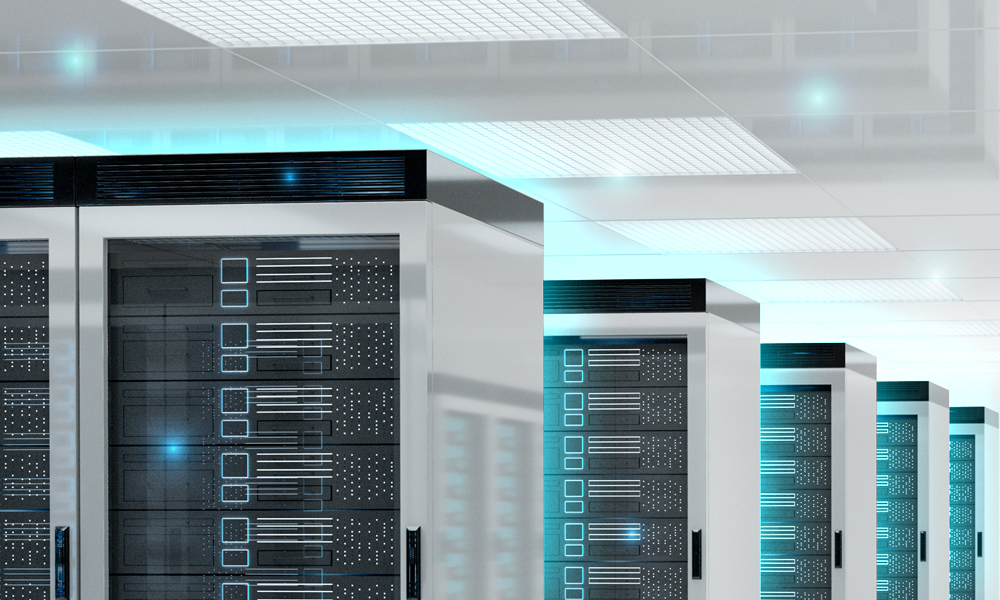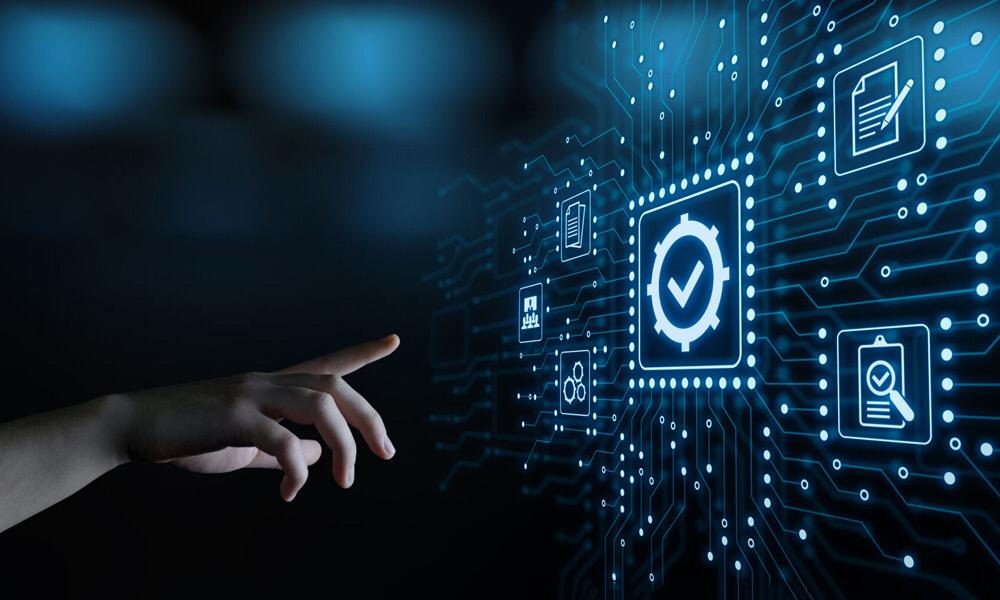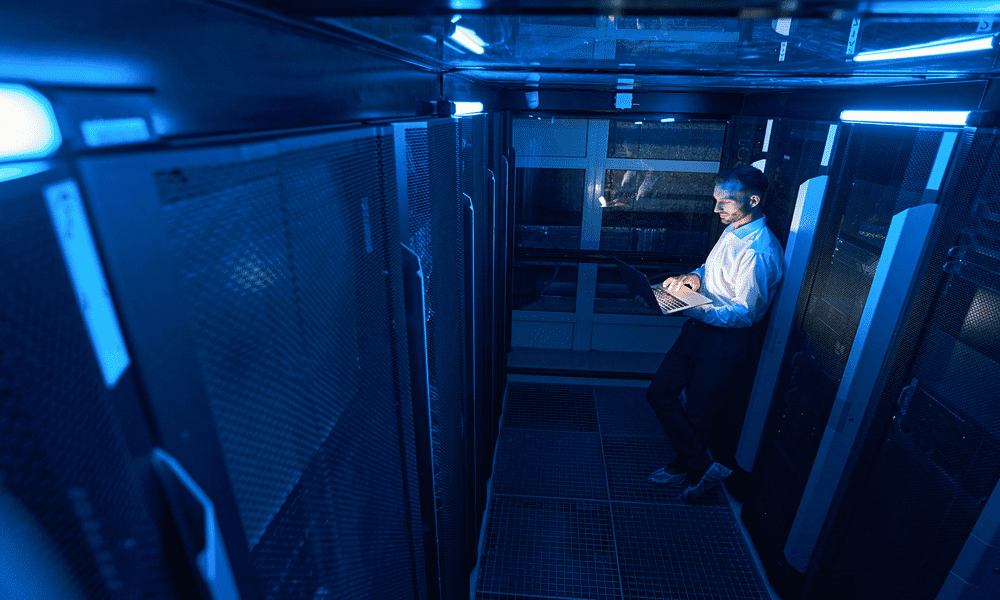Understanding Data Center Tiers

A data center is vital for organizations. To ensure a maximum business performance, an organization should choose a data center that meets all of its requirements. To give organizations insights on how data centers differ from one another and fit their needs, the Uptime Institute created The Data Center Tier System which classifies data centers based on a number of criteria. These classifications are mainly related to uptime, fault tolerance, and availability.
There are four tiers in the system. However, the Uptime Institute emphasizes that no one tier is considered "better" than the other. Rather, they note that businesses should choose a data center that meets their specific needs.
TIER 1
A Tier 1 data center is the most basic kind of data center. It has only one distribution path for power and cooling and no (or very few) redundant and backup components, so it offers limited protection against the risk of data loss due to events such as power outages and system failures. This is why a Tier 1 data center has an expected 99.671% uptime and 28.8 hours of downtime annually. This downtime, combined with no redundancy, might mean more data loss and downtime than is acceptable.
A Tier 1 data center is suitable for small businesses which don't rely heavily on data and can tolerate downtime — businesses with limited online presence and low dependence on IT. It will give small businesses a cost-effective solution for their needs.
TIER 2
A Tier 2 data center has all features a Tier 1 data center has including the single distribution path. However, a Tier 2 also includes partial redundant components for power, cooling, and electricity backups. With extra redundancy, a Tier 2 data center has an expected 99.741% uptime and 22 hours of downtime annually, reducing vulnerability and offering better data protection and availability.
A Tier 2 data center is advisable for small to medium businesses that rely on redundancy components but are still looking for a cost-effective option. This means businesses that have some online presence such as a simple website with low traffic, email dependent day-to-day activities, and internet-enabled phone system.
TIER 3
A Tier 3 data center is concurrently maintainable meaning it can undergo maintenance without any service disruption. It has N+1 (amount of a component required for operation + backup) redundancy which allows maintenance staff to make upgrades, repairs, and changes without having to shut anything down. This also means that most components have a backup, and the system can stay online even if more than one component fails. That is why a Tier 3 data center has an expected 99.982% uptime and a maximum of 1.6 hours of downtime annually.
Although it still lacks some features that a Tier 4 offers, this type of infrastructure is considered superior and satisfies the needs of most growing businesses, from medium to large, which rely on online business activities and have growing online traffic. A Tier 3 might not be suitable for smaller businesses due to its relatively higher price.
TIER 4
Tier 4 is the most sophisticated infrastructure compared to other tiers. With the purpose of providing continuous services no matter what, a Tier 4 data center has 2N+1 infrastructure (two times the amount required for operation + backup) redundancy for all its components including systems for cooling, power, network streams, data storage, etc. This is why it has an expected 99.995% uptime with only 26.3 minutes of downtime annually.
With the redundancy, a Tier 4 is entirely fault-tolerant allowing day-to-day operations to continue meaning the systems will not shut down regardless of any component failures or outages. With this infrastructure, the risk of data loss is minimal or non-existent.
A Tier 4 data center is considered an enterprise-level setup, so the cost is also fairly high. Multi-million dollar businesses and industry giants that constantly experience high traffic and have to maintain a lot of data, such as Google and Amazon, usually opt for a Tier 4 data center.
Knowing the features and abilities of each tier is important, so organizations can choose the right provider that fulfill their requirements. To meet the growing demands of the digital ecosystem in Indonesia, neuCentrIX is ready with Tier 3 (in Jakarta Karet and Meruya) and Tier 2 (other big cities) data centers, and is currently building its first hyperscale data center combining Tier 3 & Tier 4. Understanding the business requirements, budget, and preferred location is vital for organizations before choosing the right one for them.

















